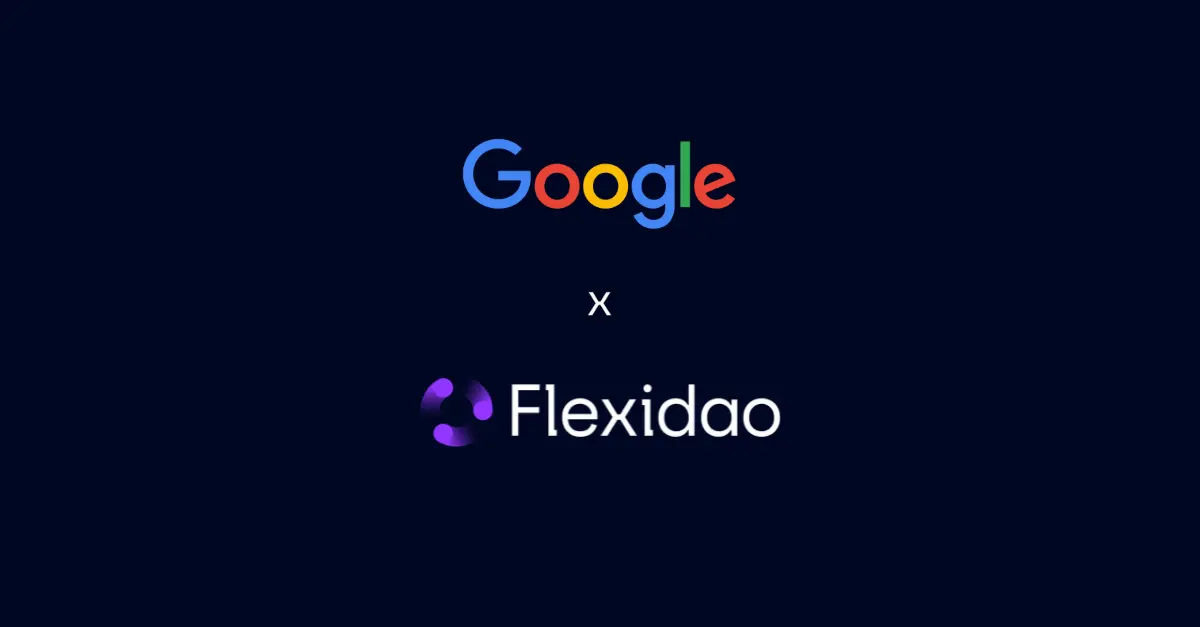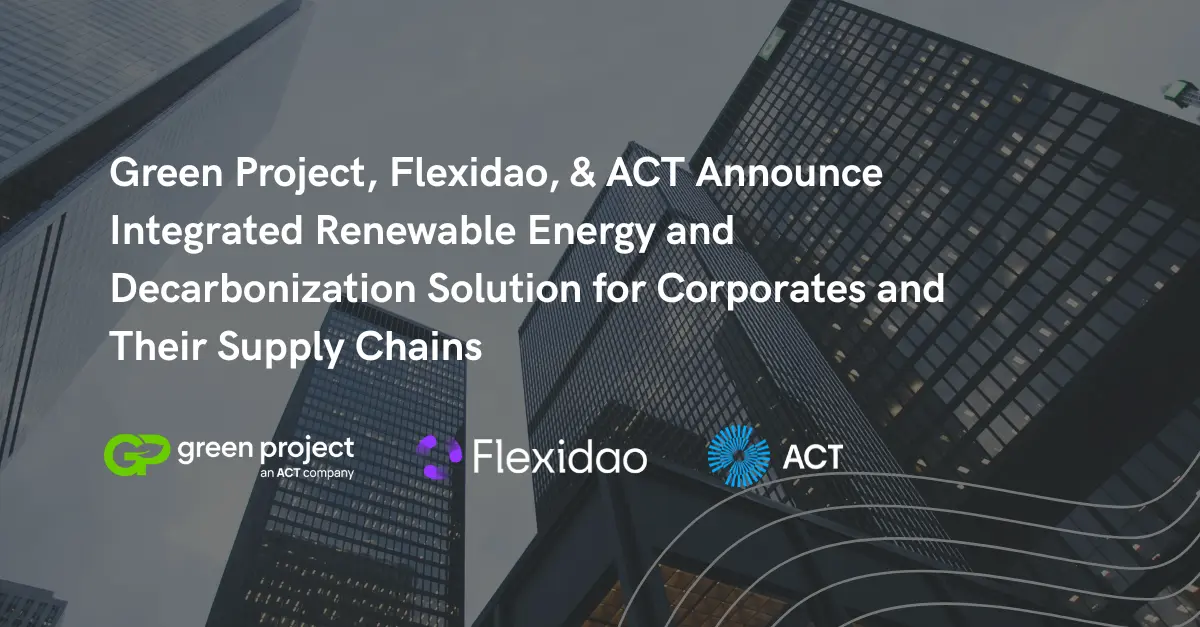5 Ways in Which Data Can Help Make Better Energy Procurement Decisions
5 Ways in Which Data Can Help Make Better Energy Procurement Decisions
Leverage data for smarter energy procurement with Flexidao. Enhance decision-making with our energy management and reporting solutions.
The role of a corporate energy procurement manager has changed over the years. Traditionally, the role would’ve been more straightforward – having responsibility for signing contracts with energy suppliers, risk-managing commodity prices, and managing the overall energy budget. The role has evolved since then, with renewable energy purchasing also becoming a core part of the job.
As renewable energy purchasing is a complex field with many different options such as Renewable Energy Certificates and Power Purchase Agreements (PPA’s), it can be difficult for a procurement manager to make informed decisions. To combat this, it's becoming ever more important to have real-time access to high-quality energy data. There are many ways to get energy data but having a direct feed from the generation source ensures quick access and high-levels of integrity and reliability.
5 benefits of getting energy data direct from the source
For an energy procurement manager, getting renewable energy generation data directly from the source has many benefits. Accuracy and reliability are obvious examples - once data starts to pass through the hands of different teams, suppliers etc. it can start to lose reliability. In some cases, energy managers can’t even access their entire set of data, due to third parties bottlenecks. But there are many other examples that are directly relevant to an energy procurement manager and should make his/her job easier.
1. Tracking Share of Renewable Energy – Energy Procurement Managers will typically take direction from senior leadership within a company on the high-level renewable energy targets. He/She will need oversight of progress towards targets to ensure the purchasing strategy is aligned to this. Direct access to renewable energy generation data will give an energy procurement manager real-time visibility of a company’s renewable energy share and how it compares to targets.
2. Forecasting RE Certificate Shortfalls – A procurement manager will need to purchase renewable energy that aligns with company targets on an ongoing basis. This can be difficult to manage as both power consumption and power generation can be variable on an annual basis. Take the example of a traditional style as-generated PPA. A low wind year or operational issues would lead to lower wind power generated and therefore lower amount of renewable certificates. This would need to be compensated with a market purchase of certificates. Direct access to generation data would allow the buyer to easily forecast shortfalls in renewables certificates and position the buying strategy appropriately.
3. Invoice & Contract Validation – Once an energy contract or PPA is signed with a supplier, it would be great to forget about the contract until it's up for renewal again. Unfortunately, this is not possible. Billing errors are common in the energy sector so good oversight is needed to avoid overcharging/undercharging of energy costs. Taking a PPA as an example, getting data directly from the energy generator can allow the buyer to easily estimate the monthly invoice. This can be then cross-referenced with the actual invoice to easily identify errors in the billing.
4. Assess Matching Effectiveness of PPA’s – “Hourly matching” is the concept of matching power consumed in real-time with renewable energy produced in the exact same hour. This method has the potential to be the gold standard for impactful green procurement, and has Google as one of its early adopters.These companies are already participating in an industry-led, non-profit initiative to create a standard for hourly energy certificates, Energy Tag.
Having real-time access to renewable energy generation data allows a buyer to assess the “matching effectiveness” of renewable purchases with their load curves. This can be helpful for two reasons. Firstly, it can help assess the real risk of a PPA. By better forecasting how production curve and consumption curves are going to match, prices can be optimised in the purchasing process. For instance, a pay-as-produced PPA could be cheaper than a baseload PPA and not put in risk a company that has a specific load profile that matches well with the plant.
Secondly, hourly matching is the only real way towards eliminating emissions from power. Preparing ahead can reduce future regulatory risks in which Energy Certificates might not be enough to claim zero emissions. For example, if an energy buyer has signed a Wind PPA, the matching effectiveness could be increased by signing a new Solar PPA. Google has already identified this approach as part of their strategy - “moving from single-source PPAs to multi-source and multitechnology blended PPA’s”.
5. Automated, dynamic RE Purchasing Recommendations – It can be difficult to keep track of the latest prices for different renewable energy products in a dynamic way. The prices of Renewable Energy Certificates fluctuate depending on demand and supply and long-term PPA’s seem to be getting cheaper every year. A direct link to a company’s energy data combined with a database of renewable energy prices would allow the energy buyer to receive automated purchasing recommendations. For example, if a company was currently purchasing a green tariff at €40/MWh and the local PPA price dropped below this figure, the system would flag an energy cost saving opportunity.

How to get the energy data you need
There are many different software platforms available that track energy data. However, these platforms are usually specific to a particular type of data. For example, an EMS platform might be able to collect energy consumption data from a facility to the energy buyer in one country. But it wouldn’t have the capability to connect to an energy certificate registry or issuing body. Global energy managers need a single source of truth for all their energy consumption data, energy production data, energy certificates, energy costs and CO2 across the world.
Flexidao’s platform solves this problem and has the capability to connect to all energy data sources. Through different integrations to grid operators, certificate registries and power plants from producers, FlexiDAO can automate the collection of these key data streams globally. This means that whether renewable energy is purchased as a green tariff, a PPA or renewable energy certificates, the data will all arrive in one place, for convenient analysis and interpretation .
Data is key to success
The most effective and efficient decisions are data driven. Having better access to energy data will enable an energy procurement manager to achieve their goals and hit targets much more easily. For more insight in how direct access to energy data can help you achieve your goals, please get in touch. Meanwhile, you can check out our other blog posts which discuss other ways energy data can help your energy purchasing strategy:
- How to Know What Renewable Energy Certificates You're Buying
- How Can Corporates Ensure a More Impactful Renewable Energy Procurement








